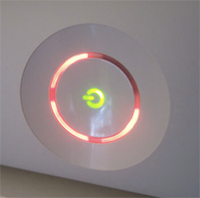 Another day, another stab at the Xbox 360’s failure rate.
Another day, another stab at the Xbox 360’s failure rate.
This time, the estimate comes from Square Trade (PDF), a third-party electronics warranty company. Based on customer reports, the company says Microsoft’s game console has a 23.7 percent chance of dying within two years of purchase. Half the errors reported to Square Trade involved the infamous Red Ring of Death.
Overall, the Xbox 360’s one in four chance of failure makes it far and away the most unreliable console on the market. By comparison, 10 percent of Playstation 3s were defective, and 2.7 percent of Wiis needed repair.
SquareTrade is the same company that in February 2008 said the Xbox 360 has a 16.4 percent failure rate, and we’ve seen other estimaes all over the map. In 2007, GamePro talked to some EB Games and Best Buy employees, who generally estimated that a third of all Xbox 360s had to be sent back for repair. More recently, Game Informer conducted a poll of readers, 54.2 percent of whom said they’ve dealt with an Xbox 360 hardware failure.
The funny thing is, you tend to be skeptical of such high estimates until the Red Ring of Death happens to you. My Xbox 360 kicked the bucket a few weeks ago, and suddenly I started realizing how many friends have gone through the same thing. If someone told me that 99 percent of Xbox 360s were bound to die within 10 years of ownership, I’d be skeptical of the claim, but not overly surprised if it turned out to be true.
Which is why I’d like Microsoft to come clean. Let’s clear the air of all these wildly speculative failure rate estimates and get some precise numbers and facts in order. If I treat my console right, can I expect it to last forever? If not, how long is it before every press of the power button is a crapshoot? And what are the odds that the Xbox 360 will outlast the three-year warranty that comes with every new console purchase?
Of course, I’d be foolish to expect such transparency out of the blue, but I doubt the truth could be much worse than third-party guesstimates and anecdotes. Or is it?

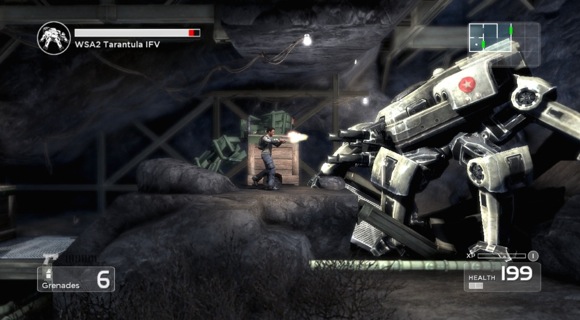 During the first week after Microsoft released Shadow Complex for the Xbox 360, something extraordinary happened:
During the first week after Microsoft released Shadow Complex for the Xbox 360, something extraordinary happened: 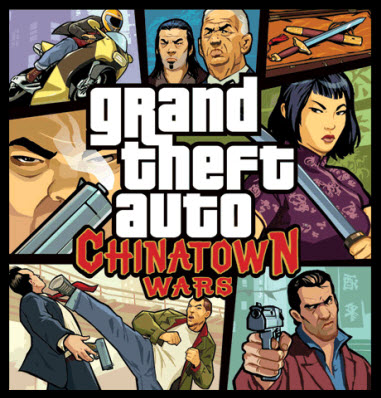 Remember in March, when Sony Senior Marketing Vice President Peter Dille
Remember in March, when Sony Senior Marketing Vice President Peter Dille 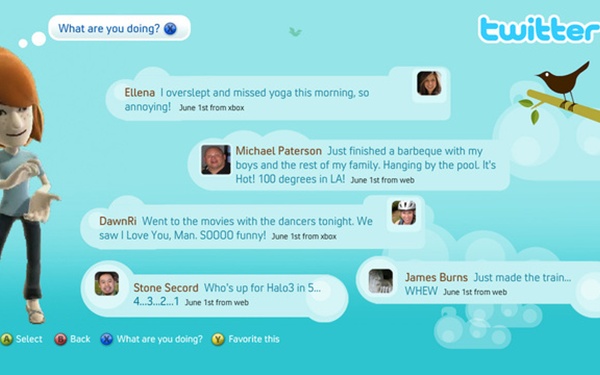 One of the nice things about Facebook and Twitter is that they’re free to use, but won’t really be the case on the Xbox 360.
One of the nice things about Facebook and Twitter is that they’re free to use, but won’t really be the case on the Xbox 360.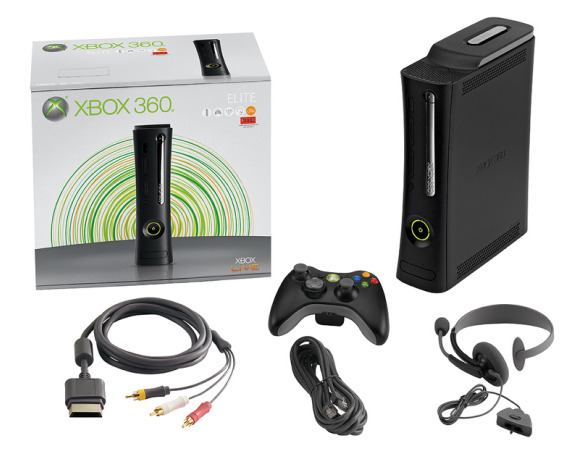 As
As 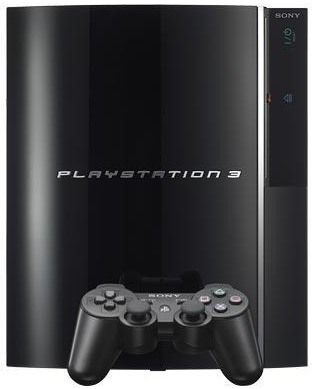 With every upgraded product launch, this is bound to happen: A few unlucky and ill-informed customers buy the old product, just before the upgrade is revealed and released. They complain, hoping to exchange their outdated product for the latest one.
With every upgraded product launch, this is bound to happen: A few unlucky and ill-informed customers buy the old product, just before the upgrade is revealed and released. They complain, hoping to exchange their outdated product for the latest one.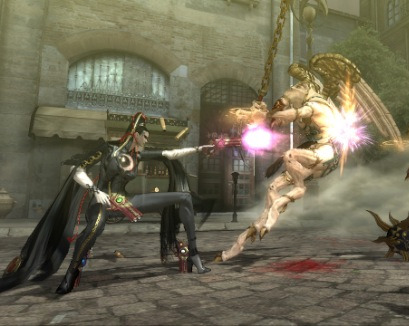 Back in the day, video games had God Mode. You’d enter a cheat code, and suddenly your video game avatar was impervious to damage. Suddenly, the most difficult challenges were a walk in the park.
Back in the day, video games had God Mode. You’d enter a cheat code, and suddenly your video game avatar was impervious to damage. Suddenly, the most difficult challenges were a walk in the park. With the Playstation 3 looking
With the Playstation 3 looking 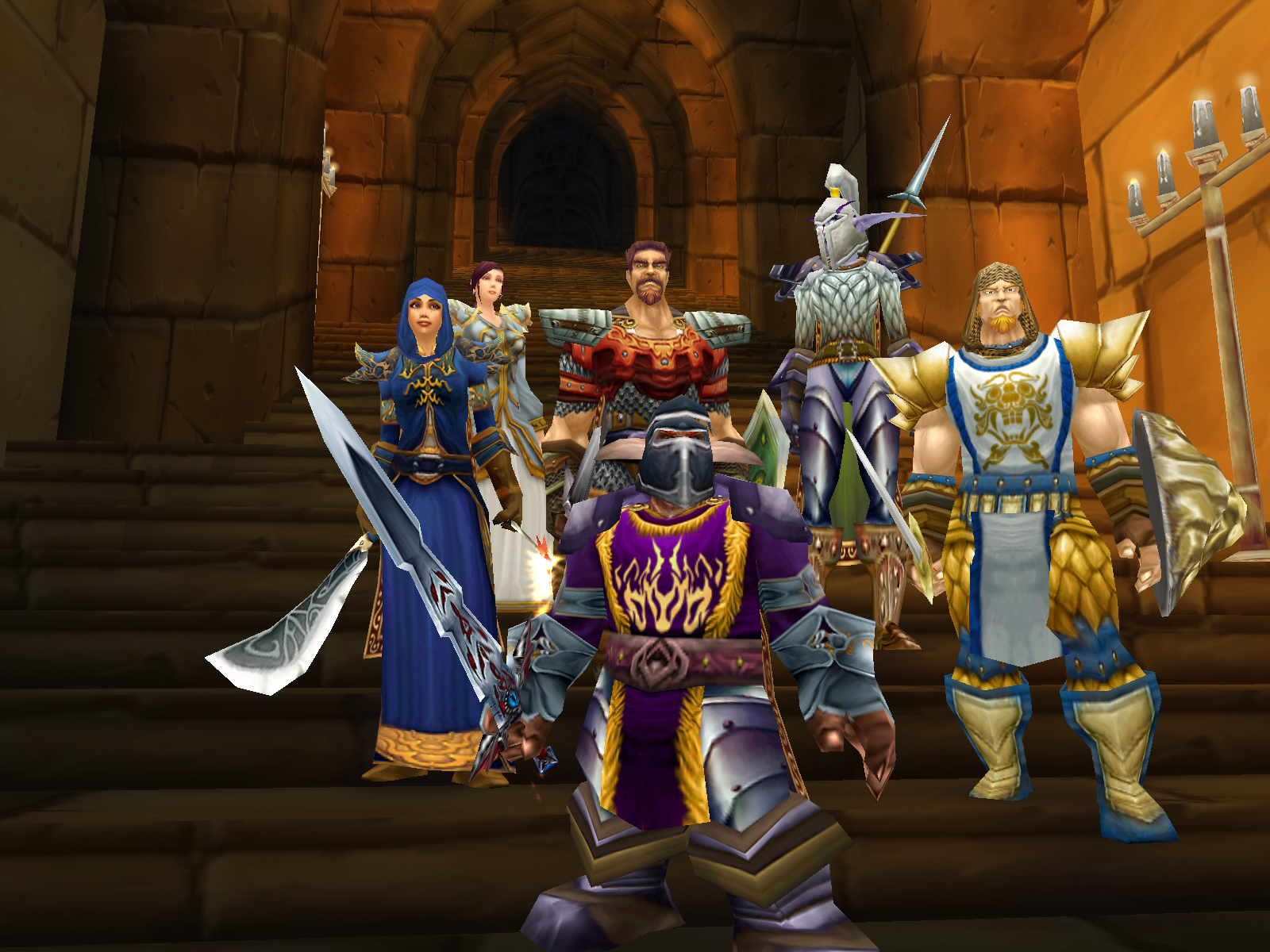 You know a video game is popular when it spawns its own magazine.
You know a video game is popular when it spawns its own magazine.